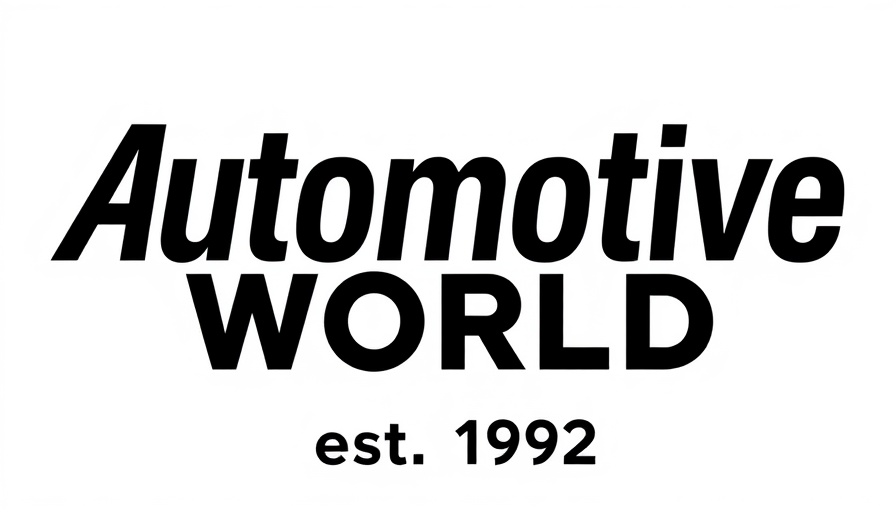
The Steady State: New-Vehicle Prices in May 2025
In an era marked by fluctuating economic conditions, it’s remarkable that the average transaction price (ATP) of new vehicles remained stable in May 2025. Kelley Blue Book reports that the ATP held at $48,799, a slight decrease from April's revised figure of $48,811. This stability is particularly noteworthy as it comes in the face of increasing tariffs that threaten to impact vehicle pricing across the industry.
Understanding the Market Trends
Despite the slowdown in new-vehicle sales, which fell to an annualized pace of 15.6 million from 17.3 million in April, the new-vehicle market shows resilience. The average manufacturer suggested retail price (MSRP) climbed to $50,968, denoting a year-on-year increase of 2.1%. Such increments, though modest, indicate that consumers are still willing to invest in new vehicles, albeit with heightened purchasing considerations due to rising production costs.
Incentives: A Subtle Shift
While the average ATP held steady, incentives slightly rose to 6.8% of ATP, translating to about $3,297. Interestingly, many automakers like Volkswagen and BMW reduced their incentive offerings by over 10%, indicative of a strategic shift to maintain higher price points amidst the tariff-induced cost pressures. In contrast, brands like Tesla and Toyota are increasing their spending on incentives, yet remain below industry averages. This divergence underlines the varying strategies employed by automakers in response to market dynamics.
Insights from the Executive Analyst
According to Erin Keating, Executive Analyst at Cox Automotive, "While tariff policy is adding uncertainty to the new-vehicle market, prices are holding remarkably steady, a reminder that auto industry change is often slow." She also noted that while retail prices are expected to ascend throughout the summer, the challenge lies in managing costs and profitability for dealerships.
Regional Impacts and Future Considerations
Dealership owners and managers must prepare for potential shifts in consumer behavior as inflationary pressures from tariffs begin to permeate. The auto sales training necessary for adapting to this changing landscape includes understanding consumer motivations and pricing strategies, ensuring that teams are equipped to handle pricing adjustments while still meeting customer needs.
Practical Insights For Dealership Owners
As prices stabilize, effective car sales training becomes pivotal. Dealerships can benefit from re-evaluating their pricing strategies and customer engagement tactics. Training programs focusing on the intricacies of current market pricing and customer communication can enhance sales performance and maintain customer satisfaction even in a challenging economic climate.
Conclusion: Preparing for the Future
In navigating these complex market conditions marked by tariff influences, dealerships must remain vigilant. The vehicle pricing landscape may hold steady now, but proactive measures—including refined training programs for auto sales staff—are essential for ensuring dealership adaptability and growth. Stakeholders should not only focus on immediate strategies but also cultivate long-term resilience through continuous training and market analysis.
For more actionable insights on navigating the evolving auto sales landscape, visit DealerSuccessPlaybook.com.
 Add Row
Add Row  Add
Add 




Write A Comment